tears
Pectoralis Major Tears
Epidemiology
Middle age men
Steroids / Growth Hormone
Aetiology
Usually occurs in gym
Bench Press
Clinical
Significant bruising in the acute phase
In chronic setting, ask patient to adduct against hip / resistance
Revision Cuff Tears
Incidence
Variable
- may be up to 50% retear over time
- many asymptomatic
MRI
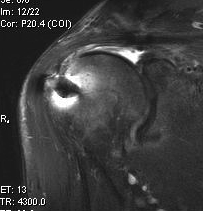
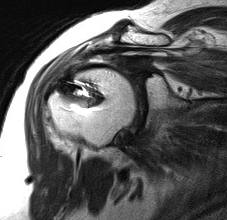
Options
Full Thickness Tears
Surgical Options
1. Open antero-lateral approach
Large / Massive Cuff Tear
2. Deltopectoral approach
Large Subscapularis tear
3. Arthroscopic Assisted Mini-open
Indication
- Small / Moderate Cuff Tear < 3cm
- no retraction
Technique
- arthroscopic SAD
Partial Thickness Tears
Clinical
Pain & Stiffness
- often more pain than FT tears
Bursal side tears more painful than articular
Articular side more common
May see in young patient overhead throwing
Examination
Painful arc
Impingement signs
No weakness
- function good
Subscapularis Tears
Anatomy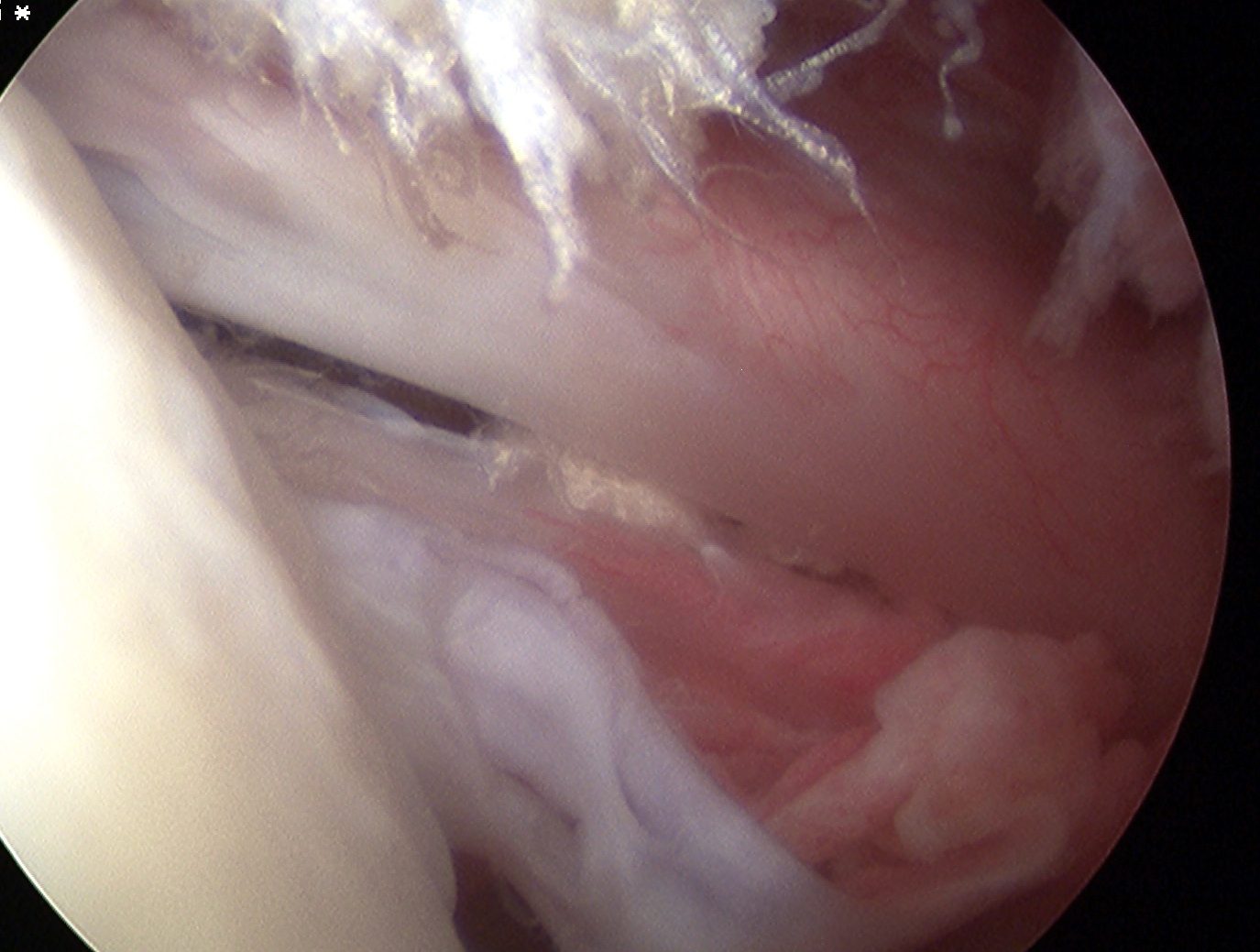
Largest and most powerful rotator cuff
- arises coastal border of scapula
- superior 2/3 tendon inserts into LT
- inferior 1/3 inserts into proximal humerus
Action
- IR (with T major, P major, Lat Dorsi)
- part of force couplet depressing humeral head
Incidence
Massive Tears
Definitions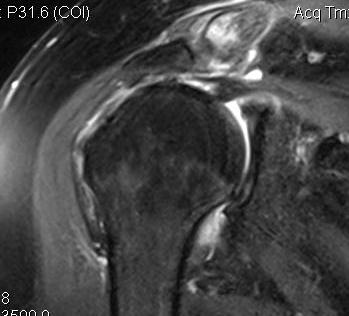
Massive tear
1. > 5cm
- retracted to humerus / glenoid margin
2. At least 2 complete tendons
- lose SS / IS or SS / SC
Classification
Background
Definition
Full thickness tear (FTT)
- variable amount retraction from insertion
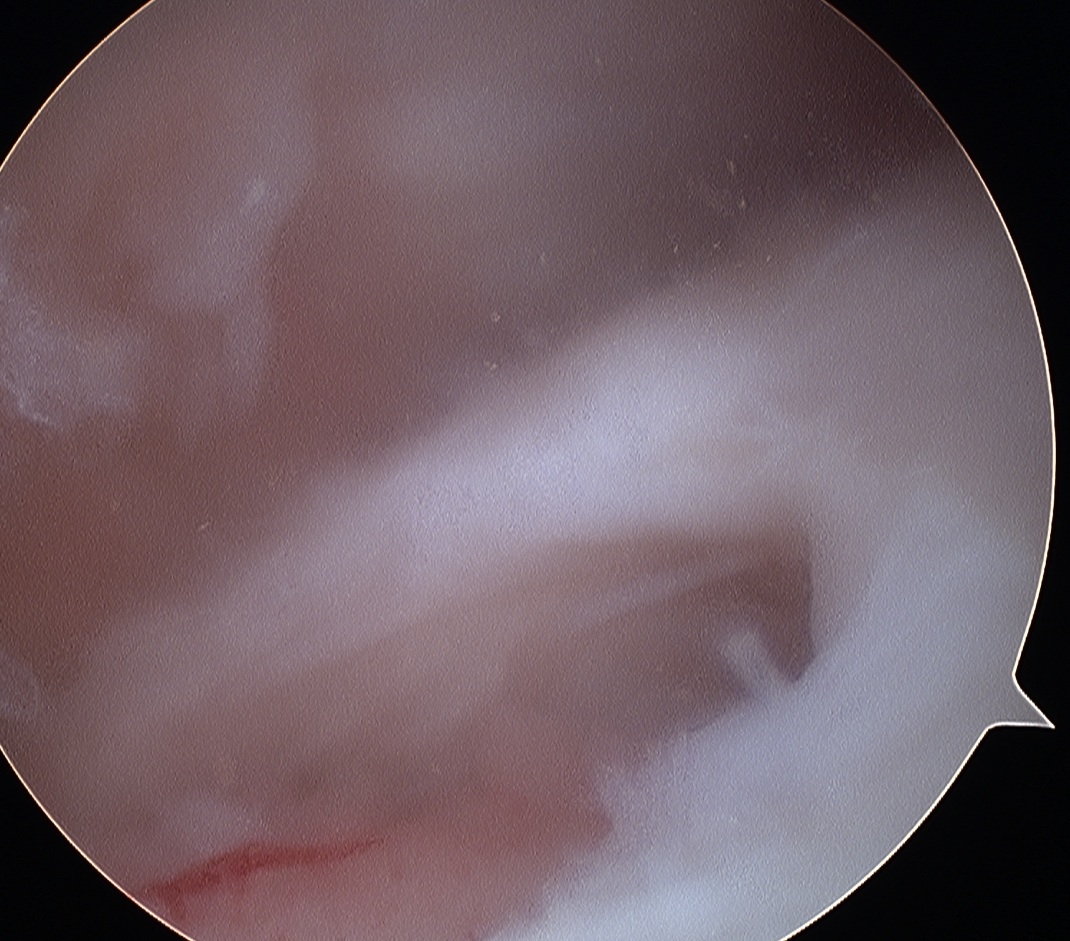
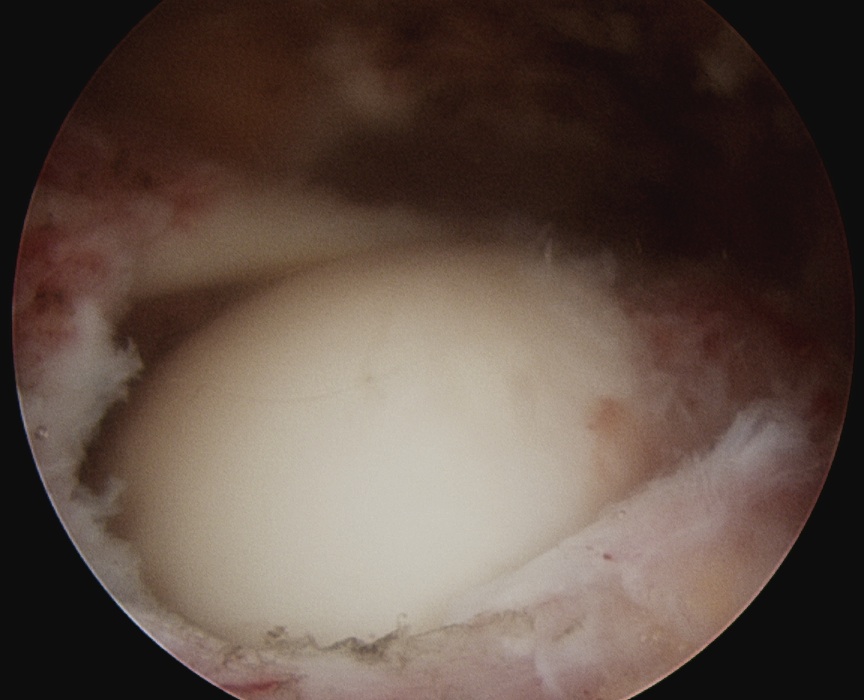
Partial thickness tear (PTT)
- incomplete
- bursal or articular sided
